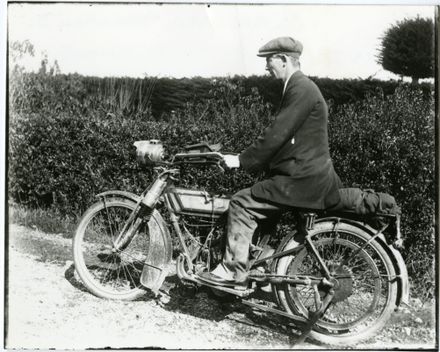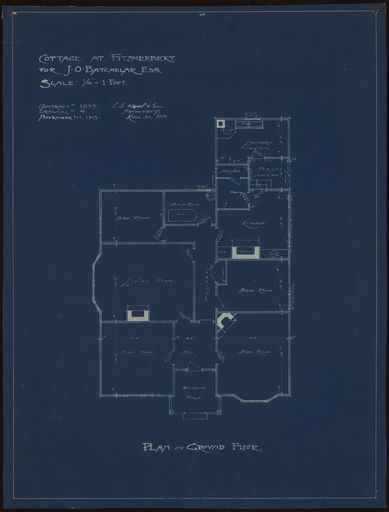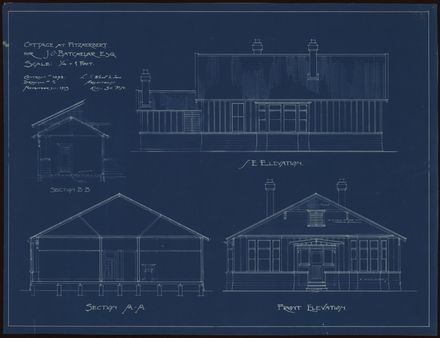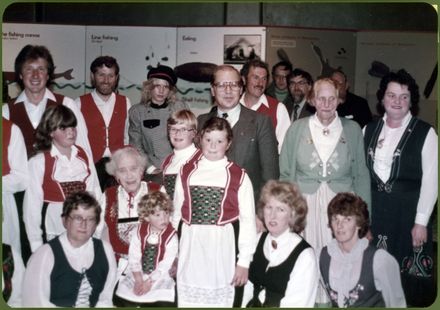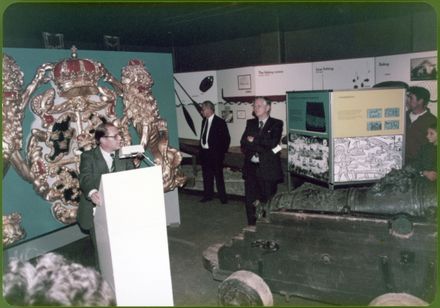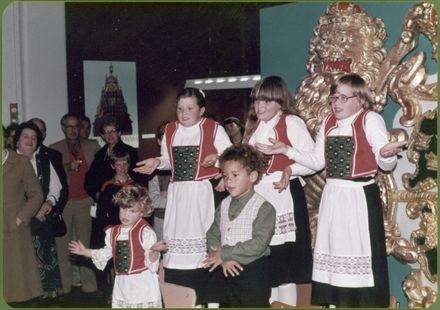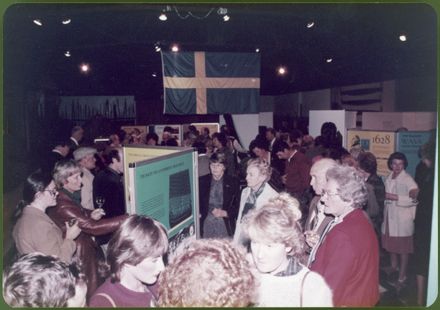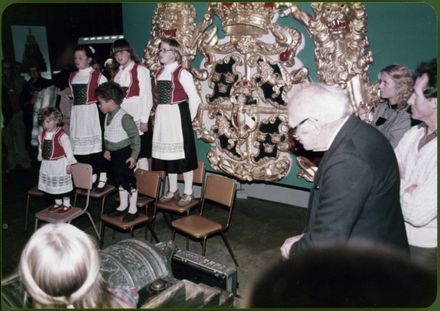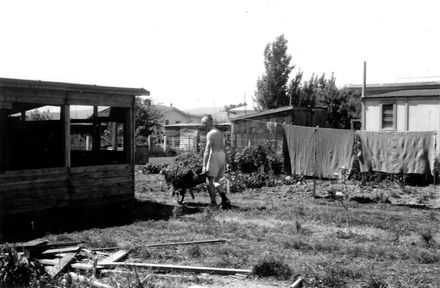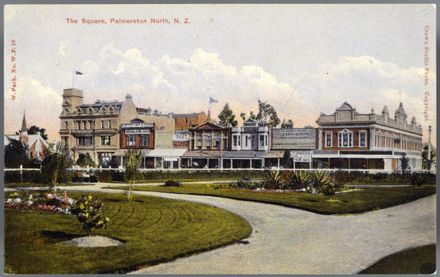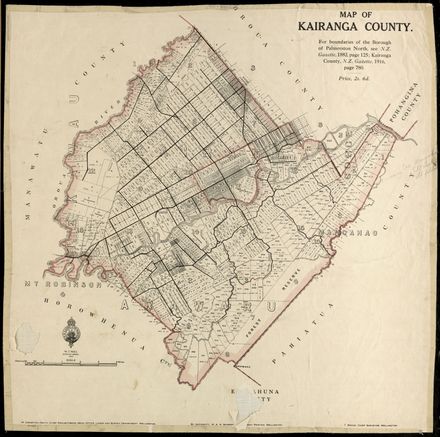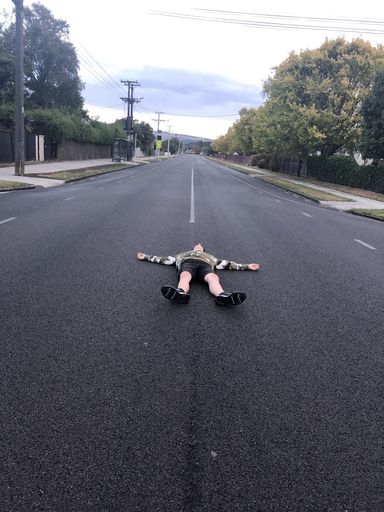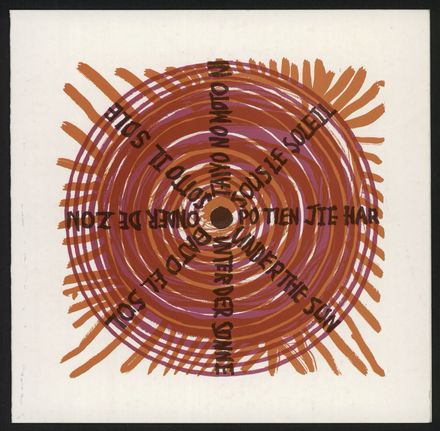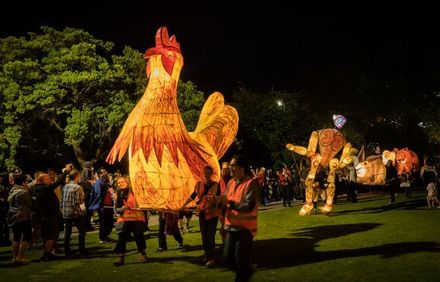Statement of Service of Apprentice - Sydney Alexander Thomson
Certicate issued to Sydney Alexander Thomson which reads,
"Statement of Service of Apprentice
THIS IS TO CERTIFY that a Contract of Apprenticeship was entered into on the 15th day of July 1937 , between Sydney Alexander Thomson as apprentice, and THE BERRY ENGINEERING WORKS LIMITED as employer, in the Engineering trade for a term of five as apprentice years and that the said apprentice ceased the employment as apprentice on 30th June, 1947 after having served for five years (Specify period served)
The present last known address of the said apprentice is ... 6 Mansford Place, Palmerston North.
Dated at Palmerston North this First day of July 1947.
THE BERRY ENGINEERING WORKS LTD.
[signature]
Employer. Secretary.
42 Ashley Street, Palm. Nth.
Address.
Mr. S. A. Thomson,
6 Mansford Place, PALMERSTON NORTH.
Copy for your information.
[signature]
District Inspector of Factories 2/7/47.
5,000/10/46-11117]"
Sydney's apprenticeship was interrupted by World War Two, during which he served as a pilot in the Fleet Air Arm in England.




